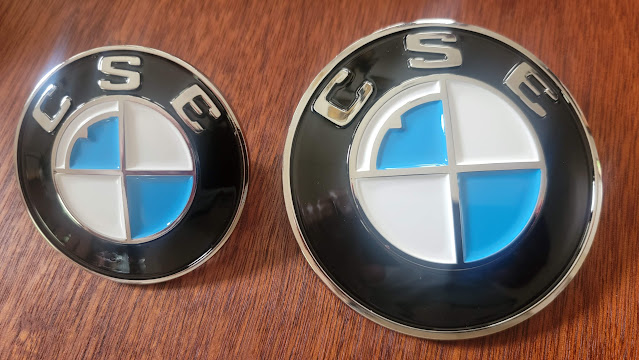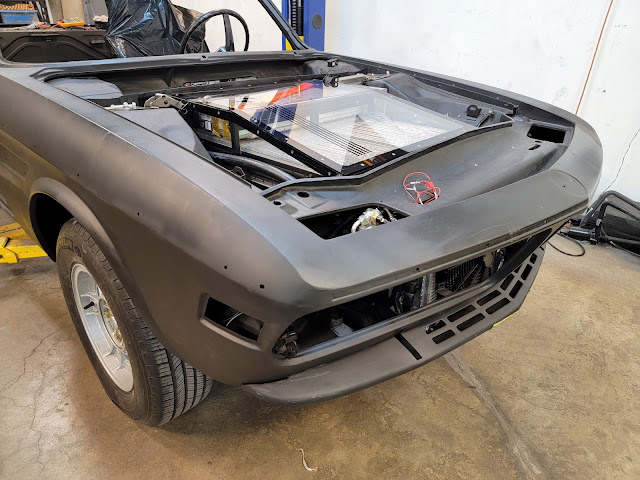It's Alive!
The theory has been proven. We drove Paul's coupe for the first time! While my car is still a ways away from moving under its own power again, we got Paul's on the road, complete with a working prototype of my dash app.
The prototype dash screen was taped to Paul's car and we used that to monitor speed, etc. I had some bugs, mostly around calculating temps (I was adding 40 C instead of subtracting) and we learned a lot. Next time we will not only be reading from the Tesla CANbus, but also setting some parameters (such as output torque limit and regen percentage) as well. The Switched Mode Power Supply (SMPS) on the PICAN2 hat doesn't output enough amps to power the PICAN2, the Pi, and the touchscreen all at the same time so we had to run separate power to the screen and therefore did not have touch-capability, which made switching screen modes harder to do (had to pull out the mouse). Also, I had already noticed in my first iteration of the UI that the Pi became unresponsive when all the CANBus messages were processed (many messages come in at 100Hz, or 100 times per second). I wrote some optimization code to maintain state in the node app and throw away messages where the buffer value had not changed, as well as some optimization on the client side for how the UI is updated but it is still possible that the Pi CPU was pegged with all the incoming messages and screen updates in "console" mode. We have a plan B if the Pi turns out to be too slow but for now we're going to plug along and see if I can optimize some more.

|
| Initial prototype dash app console page for debugging/monitoring the state of the Tesla drive unit |

|
| Rudimentary controls for ignition, brake lights, etc. and an emergency "shutdown everything" switch that proved unnecessary. |
While I whittle away on the programming front, Tyler continues to work on my coupe's rusty areas. I have been quoted as saying "Phrase you'll never hear: The rust isn't as bad as I thought" but my rockers actually were better than I had expected. We drilled out all the spot welds and removed the outer rocker covers on both sides of the car so that we could really see inside. The car had visible rust in the rear corners, ahead of the rear wheels where the C pillar drains into the quarter panel, as well as some bubbling in the lover front fenders where dirt and moisture get trapped between the fender and lower door pillar. To our pleasant surprise, that was most of the extent of the rust. The inner rockers are clean. Even the outers could've been cleaned up and reused but I bought new W&N outer rockers to save time and effort.


